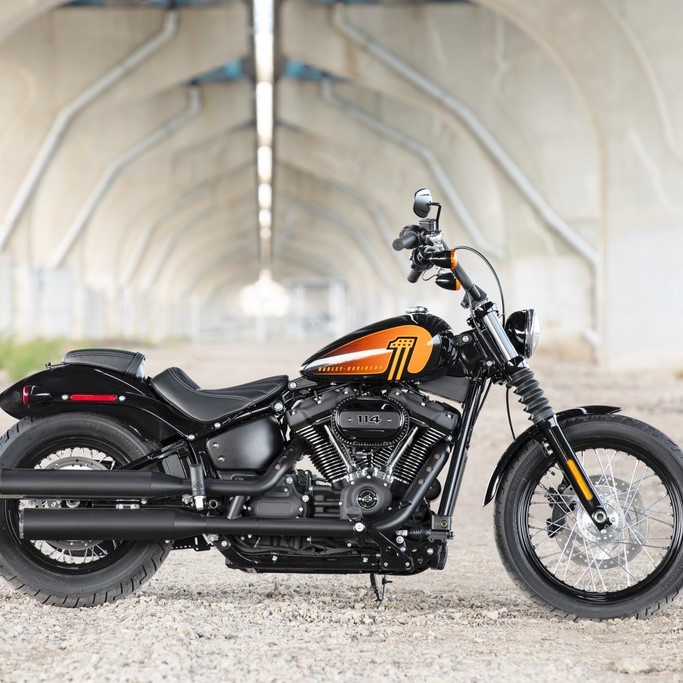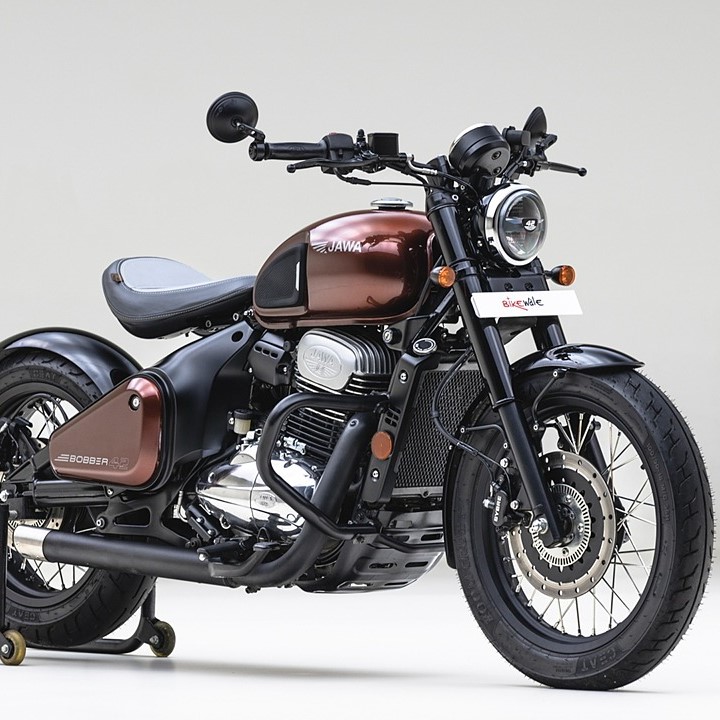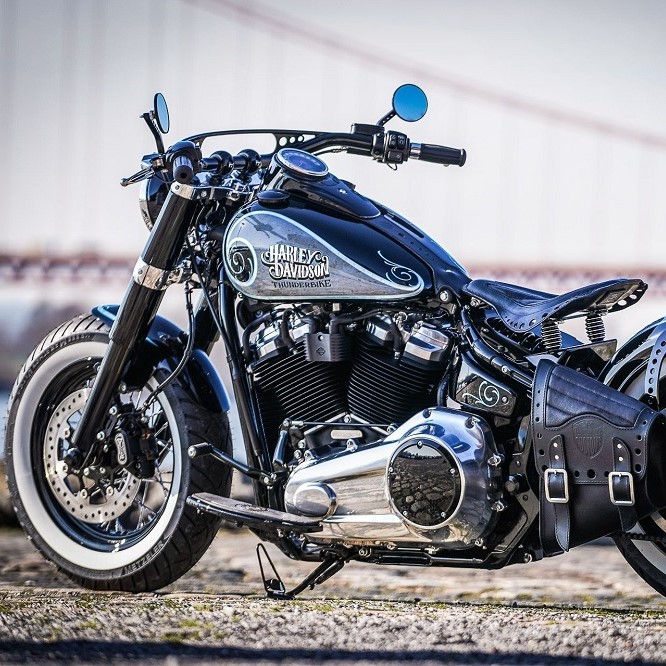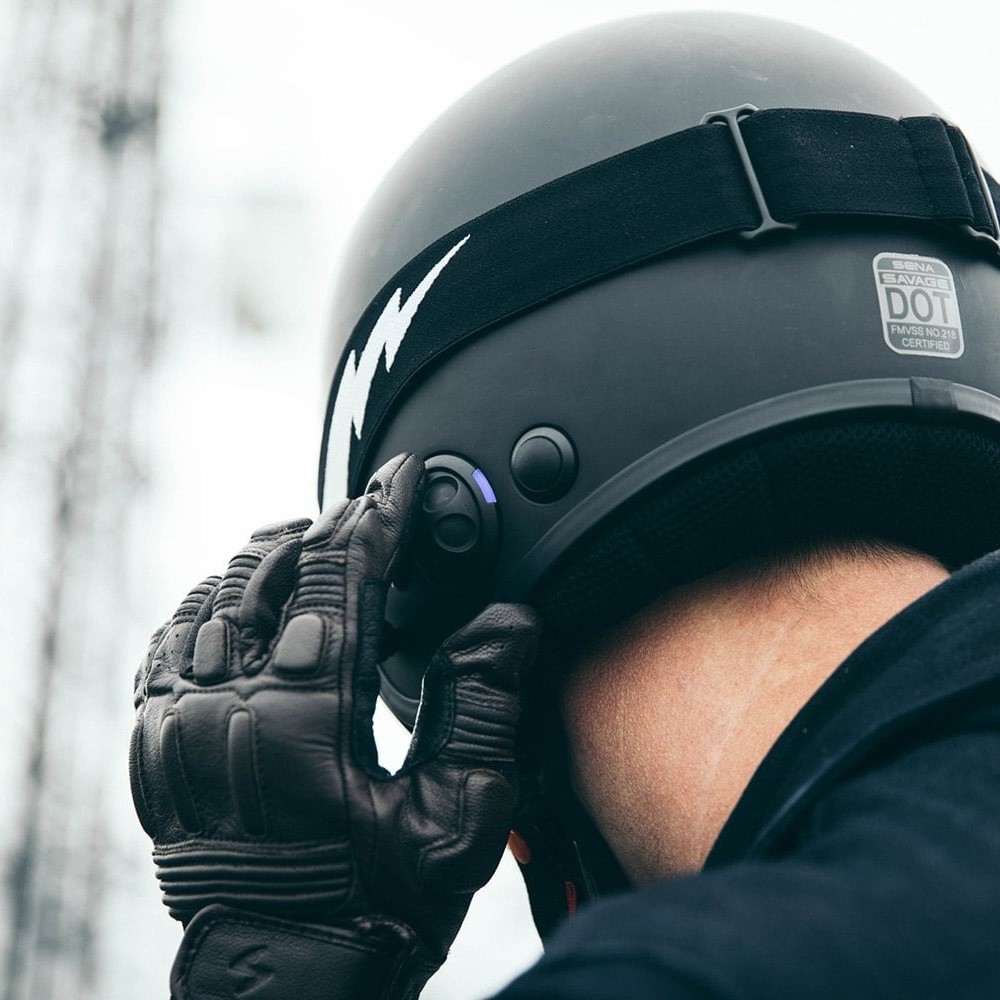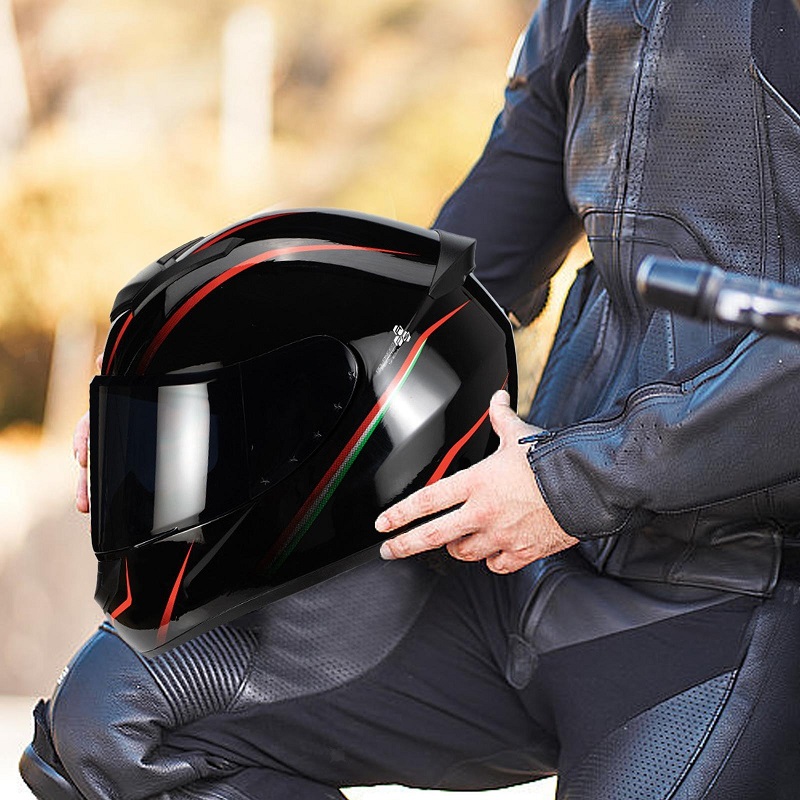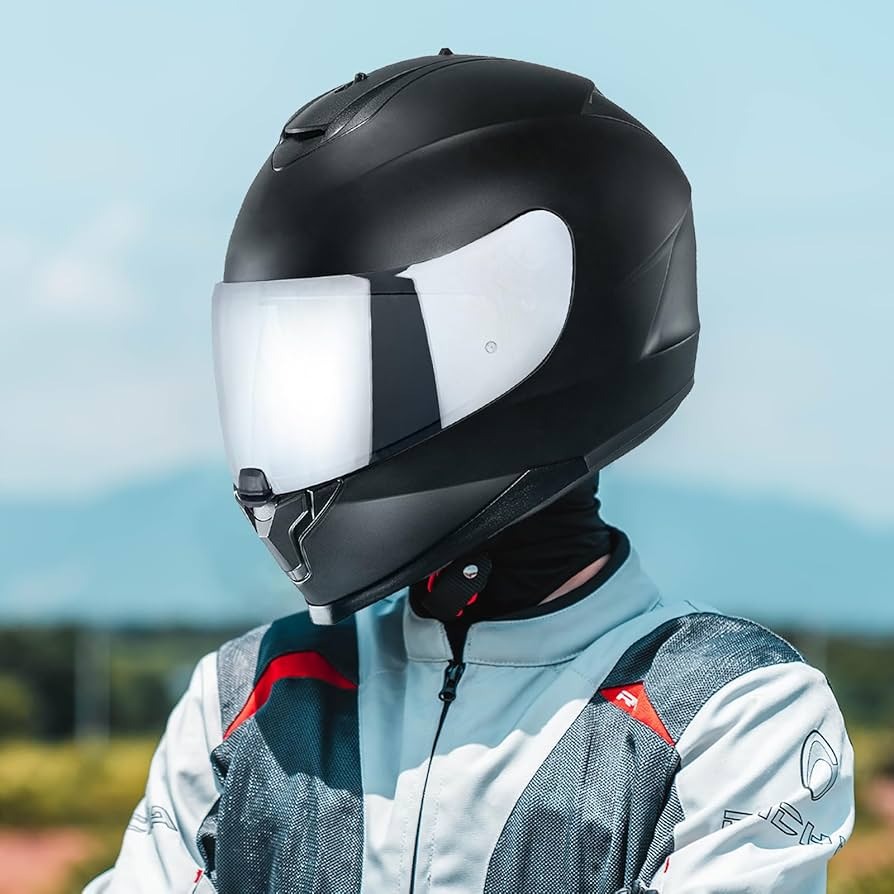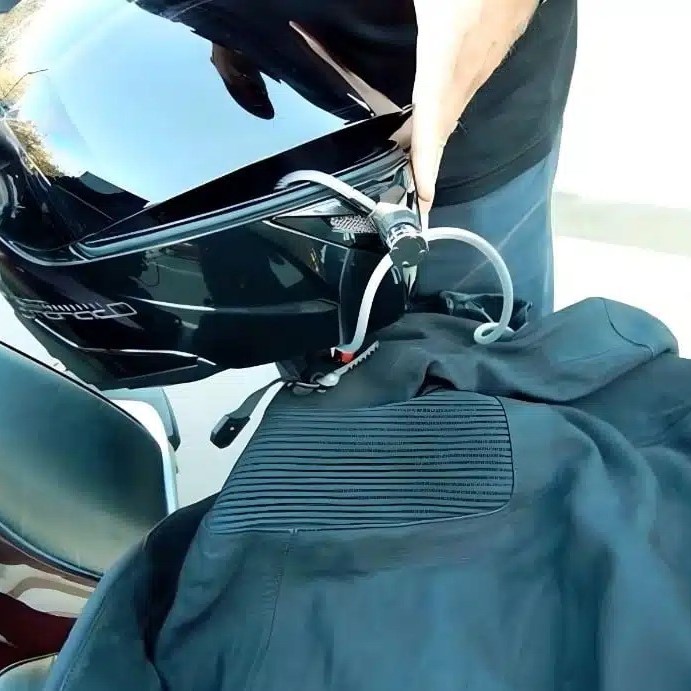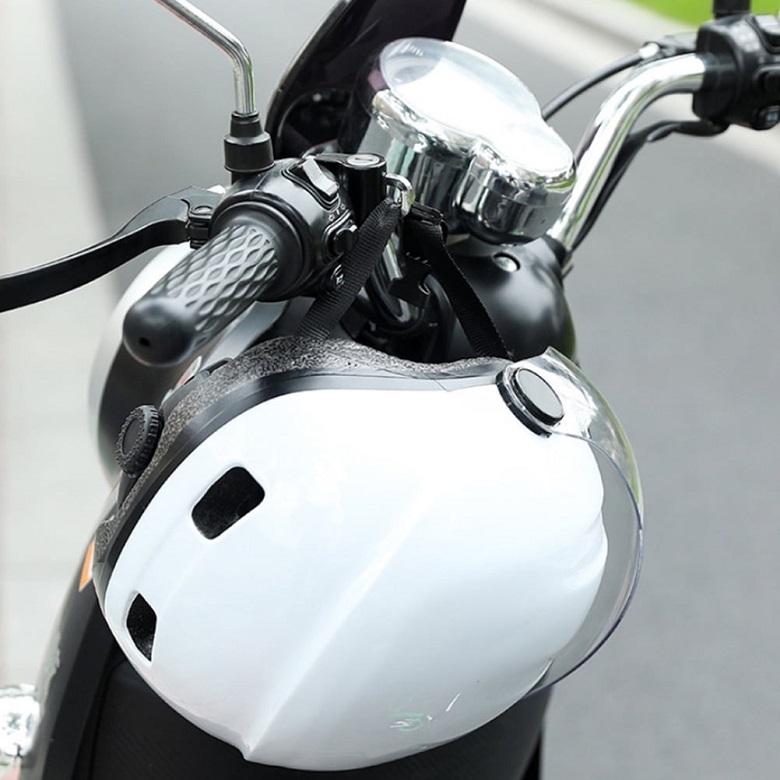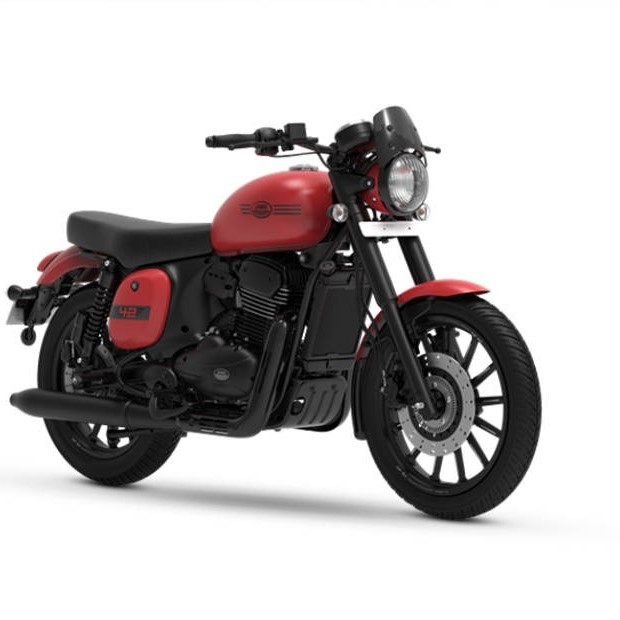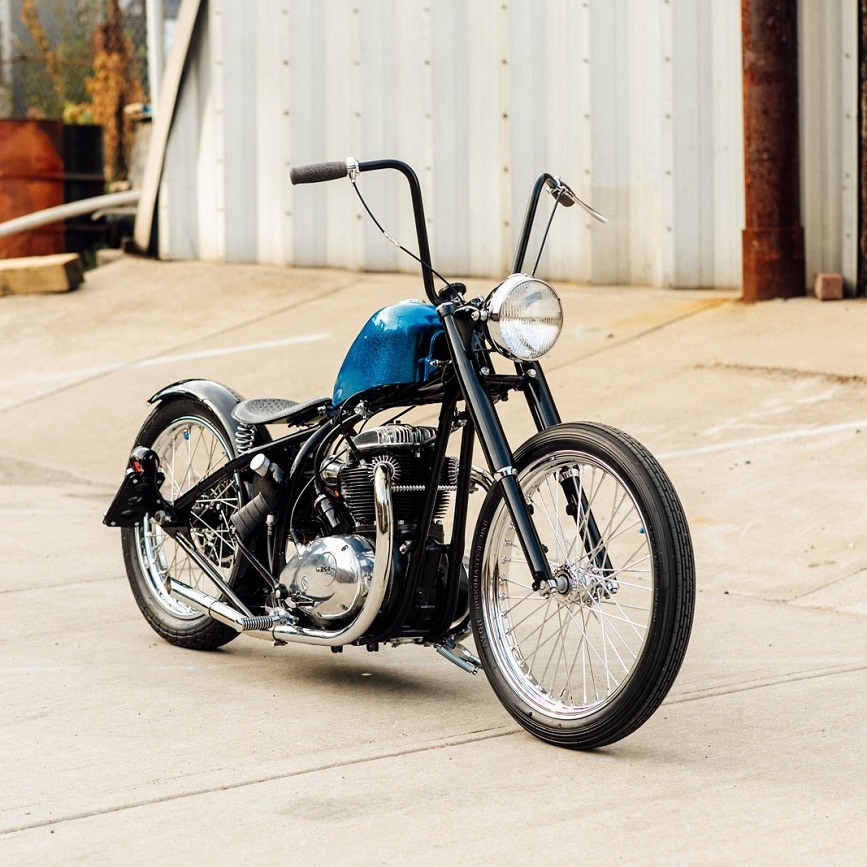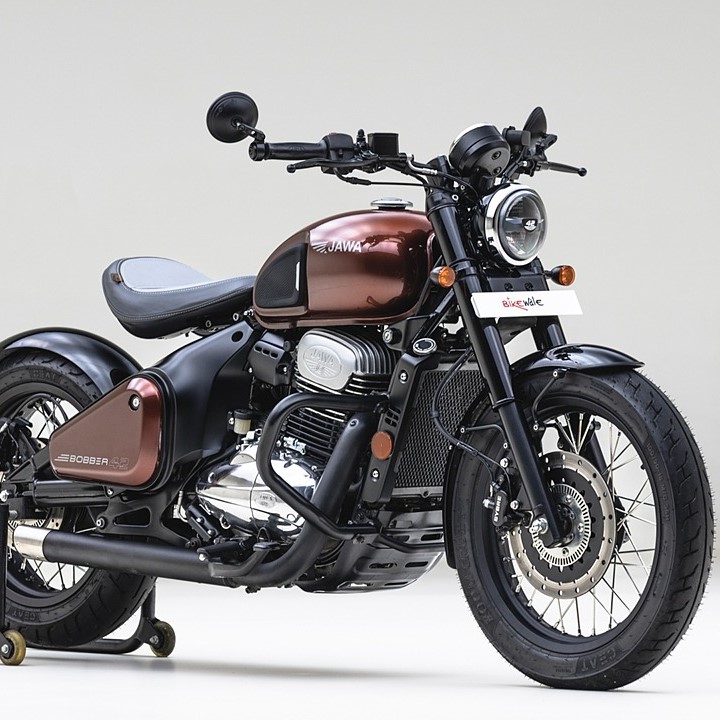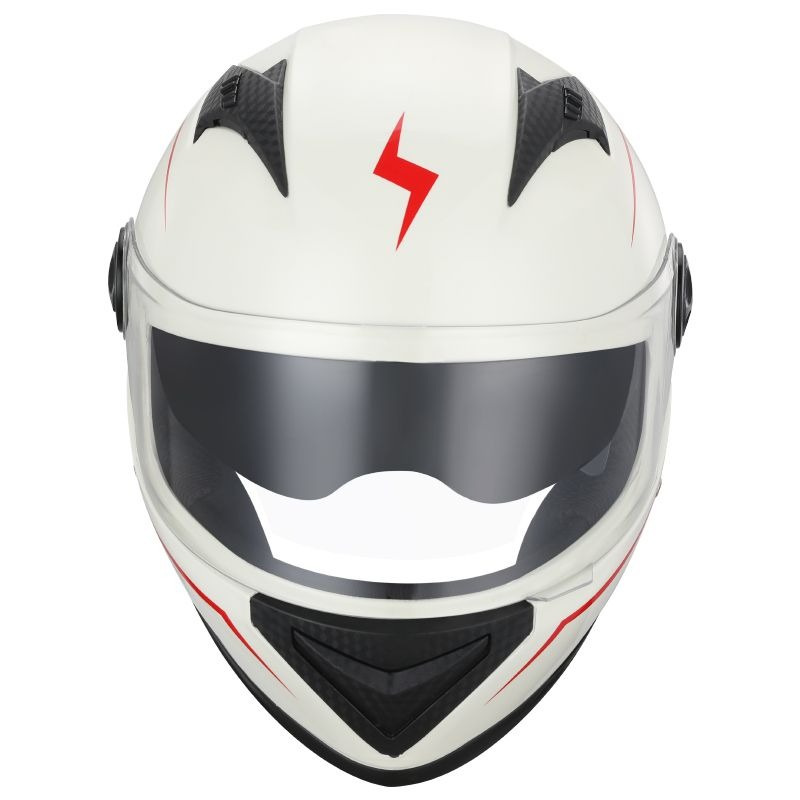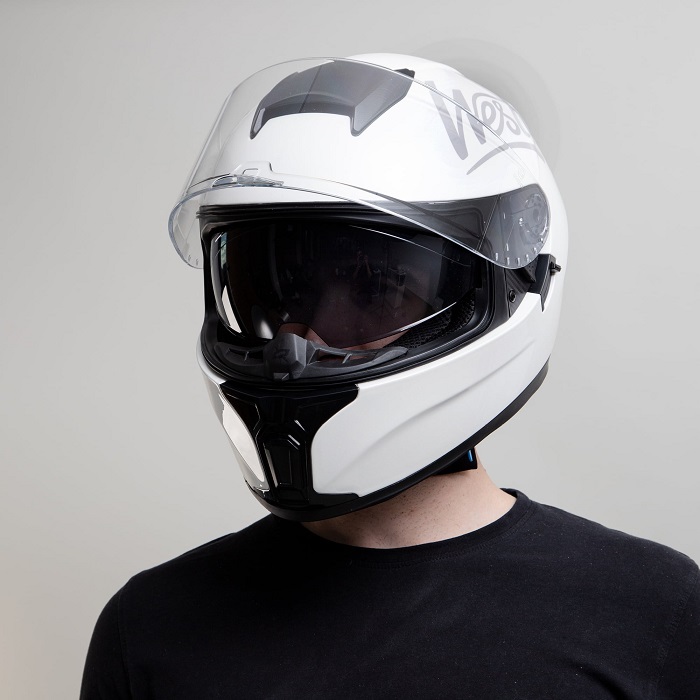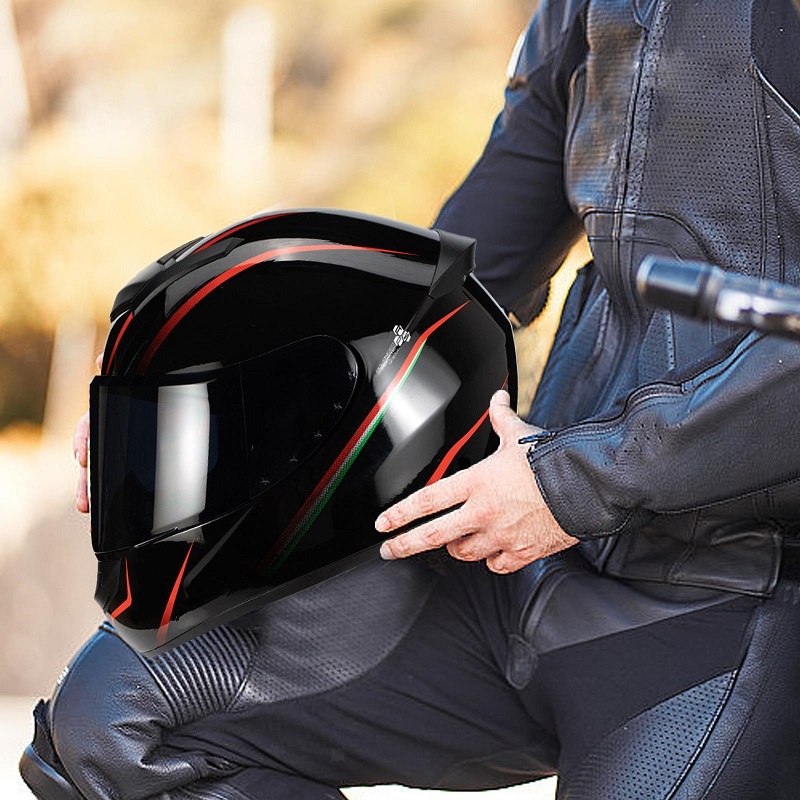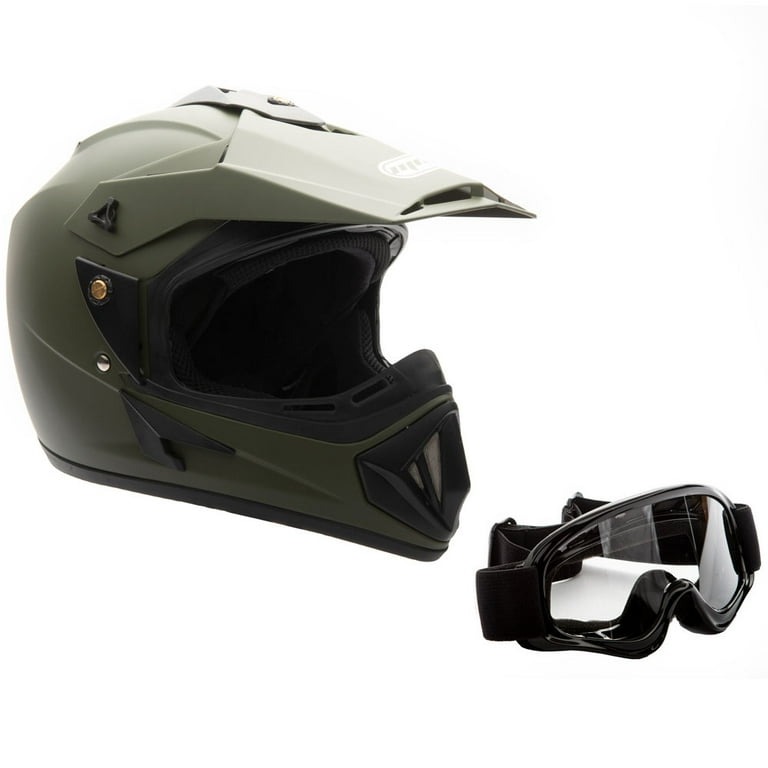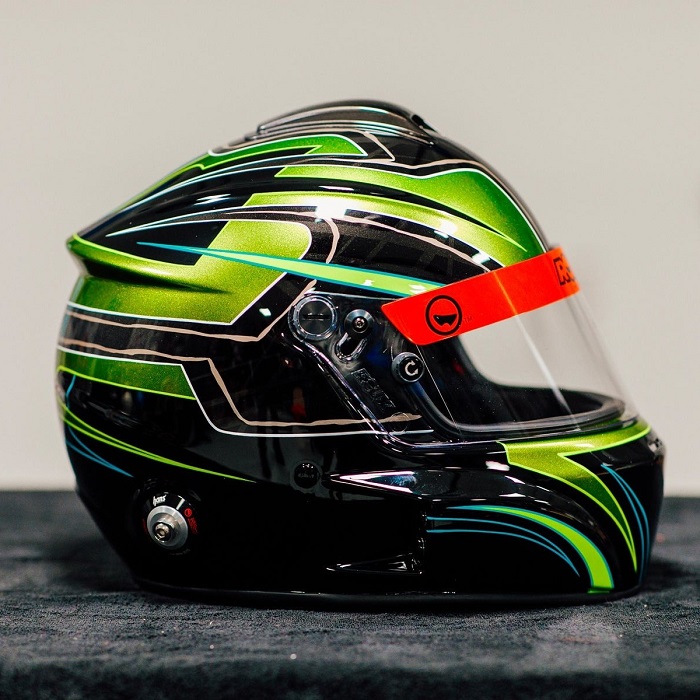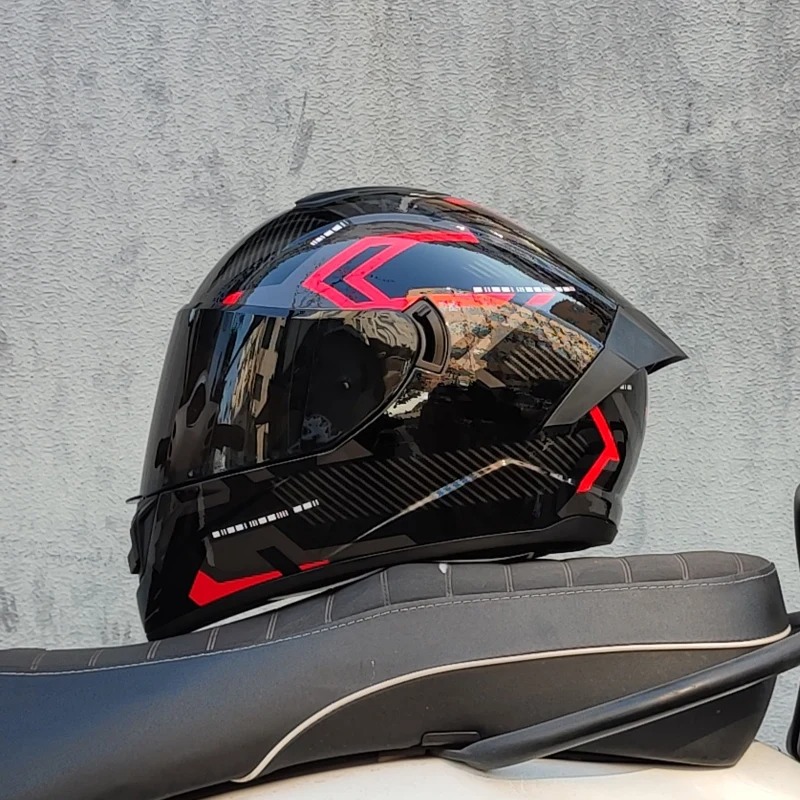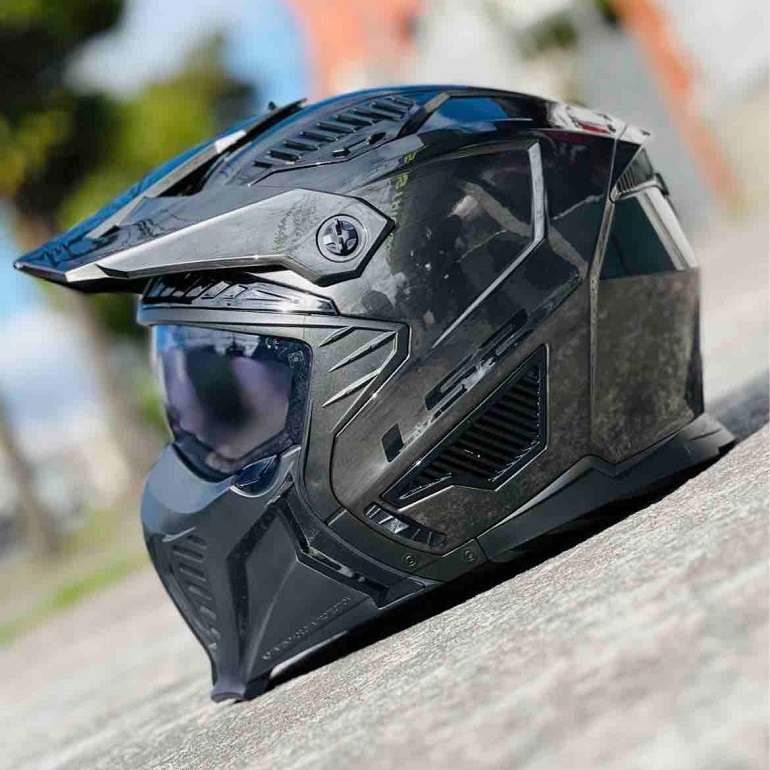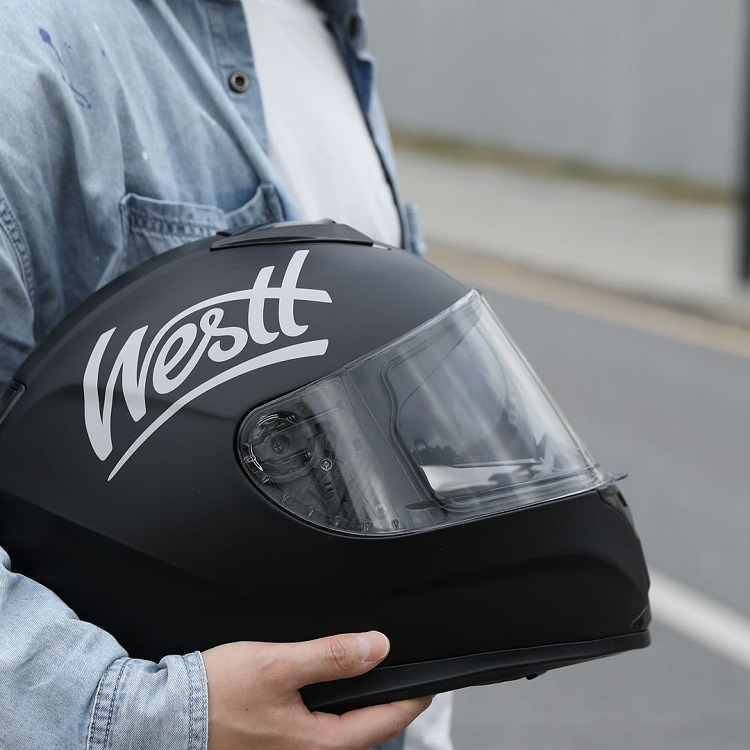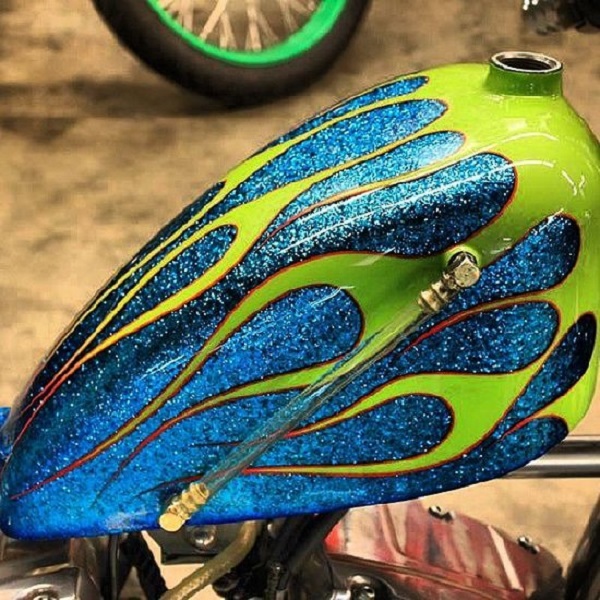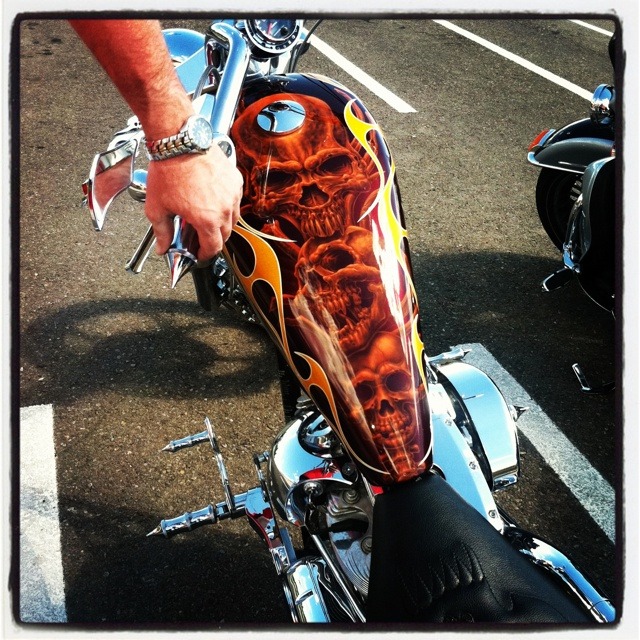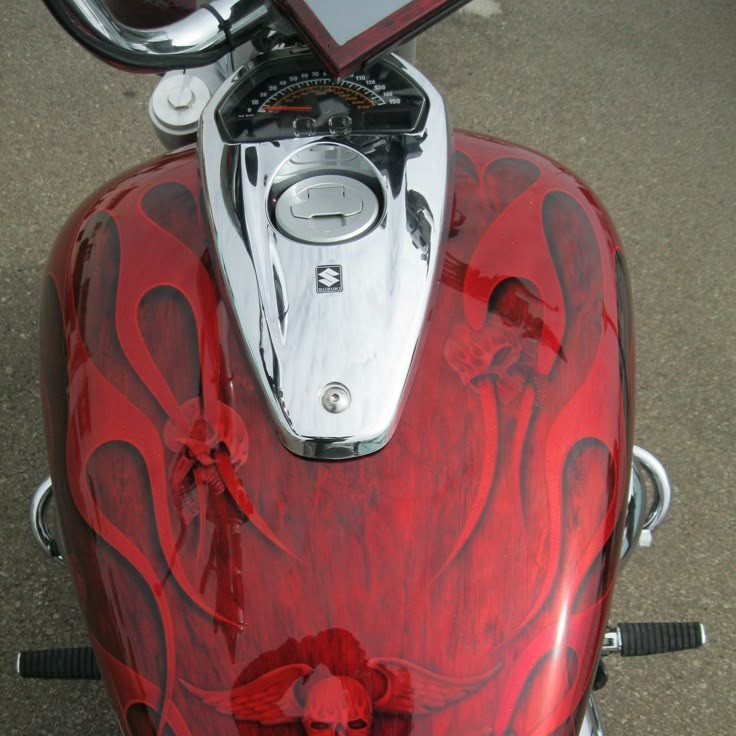Mar 4, 2025
When Should You Replace a Motorcycle Helmet: Timing Matters
Introduction to Helmet Replacement
When it comes to safety on two wheels, understanding when should you replace a motorcycle helmet is crucial. Helmets are your first line of defense in an accident, and their integrity is paramount. Over time, the materials within helmets degrade. This reduces their ability to absorb impact effectively. Thus, it’s vital to know the signs of when a replacement is due. Regular checks for wear and tear can extend a helmet’s life. However, they are not foolproof. Certain events, like accidents, can compromise a helmet’s structural integrity without visible signs. Adhering to manufacturers’ replacement guidelines ensures you stay within the safety norms. With technological advancements, new models offer improved protection. As such, upgrading even an undamaged helmet might be wise. Moreover, keeping abreast of the latest legislation and safety standards helps maintain compliance. Let’s delve into each of these areas to ensure your helmet continues to offer the protection you need on the road.
Signs of Helmet Wear and Tear
Regular use of a motorcycle helmet can naturally lead to signs of wear and tear. It is key to inspect your helmet frequently for these signs to determine when it may be time for a replacement. Here are some indicators to watch for:
- Exterior Damage: Scratches or abrasions on the helmet’s surface may seem minor. However, they can hint at deeper compromises to the helmet’s structure.
- Interior Wear: The cushioning inside the helmet can compress over time. If the fit feels looser or you notice the padding thinning, it’s a red flag.
- Strap Integrity: Check the chin strap and its attachments regularly. Any fraying or damage can impact the helmet’s ability to stay secured on your head.
- Visor Condition: A visor that is cracked or heavily scratched impairs visibility, which compromises safety.
- UV Degradation: The helmet can weaken from prolonged exposure to sunlight. Look for color fading or material brittleness as indicators.
- Odor or Stains: Persistent smells or stains may be signs of bacteria build-up, which can degrade interior materials.
These signs can serve as a first step in assessing if it’s time to replace your motorcycle helmet. Keeping a keen eye on these can help maintain your safety on the road. Remember to check your helmet regularly and use these guidelines to decide when a replacement is needed.
The Impact of Accidents on Helmet Integrity
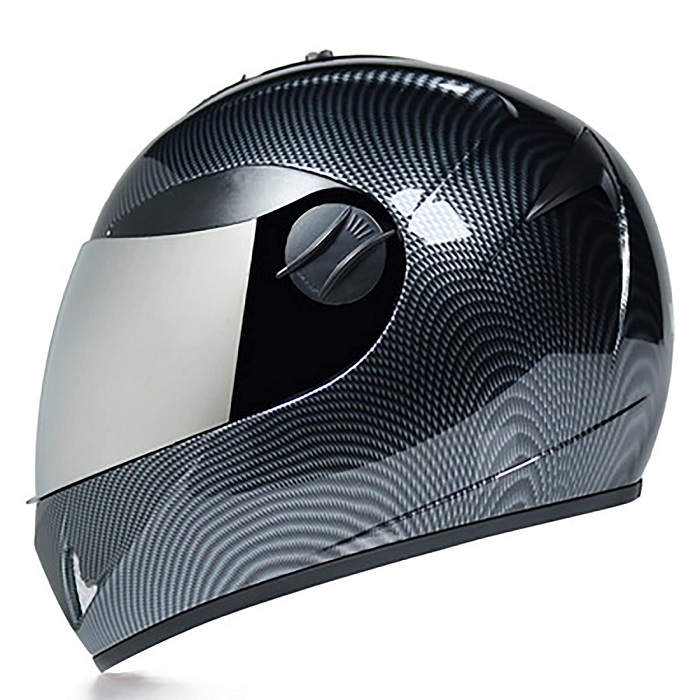
An accident can severely affect a motorcycle helmet’s integrity. Even if a helmet looks okay, internal damage may have happened. It is crucial to assess a helmet after any impact. A helmet’s job is to absorb shock. During a crash, the energy-absorbing foam in a helmet compresses to cushion your head. This can cause the foam to lose its protective qualities.
After a fall or collision, always inspect your helmet for cracks, dents, or cushion compression. Don’t just look at the surface; check inside too. If your head hit something, the helmet did what it was designed for — it absorbed impact. This means it might not protect you as well in another accident.
If you’ve been in a crash, it’s safe to say you should replace your motorcycle helmet. Even a drop from a significant height can compromise a helmet’s integrity. When in doubt, it’s better to be safe and get a new helmet. This ensures you maintain the highest level of head protection while riding.
Remember that a helmet is built for one-time use during a major impact. Replacing your helmet after an accident is not just a precaution. It is a vital step in maintaining your safety on the road. Always follow this rule to help minimize injury risk during your rides.
Manufacturer’s Replacement Recommendations
When you’re unsure about when to replace a motorcycle helmet, turn to the experts—helmet manufacturers. These companies invest heavily in safety research and development. They offer valuable guidelines on when should you replace a motorcycle helmet.
- Age Limit: Many makers suggest replacing helmets every 3-5 years, even if there are no visible signs of damage.
- Post-Accident: Unanimously, manufacturers agree that a helmet must be replaced after any significant impact, regardless of its appearance.
- Wear and Tear: If a helmet shows signs of serious wear, like strap damage or interior padding degradation, follow the manufacturer’s advice to replace it.
Following these recommendations keeps you in line with the latest safety measures. Always read the manual that comes with your helmet. It typically includes specific instructions for replacement related to that model. Checking the manufacturer’s website can also provide updates on product life and safety tips.
Manufacturers may also offer programs to inspect and replace helmets at a discount, post-impact. This encourages riders to uphold safety standards without the full cost of a new purchase.
In summary, adhere strictly to manufacturer’s replacement guidelines. They are your most reliable source for keeping your helmet up to standard and maintaining your head’s protection on the road.
The Role of Helmet Technology Advancements

As safety technology evolves, so do motorcycle helmets. New advancements in helmet technology play a pivotal role in when you should replace a motorcycle helmet. Let’s explore these technological leaps and their impact on helmet replacement timing.
- Materials Innovation: Helmet materials have seen significant improvements. Manufacturers now use more robust materials that offer better protection and last longer. Even so, they still degrade over time and need replacing.
- Safety Features: Features like enhanced impact absorption and better ventilation systems make newer helmets safer. These advancements suggest upgrading to benefit from these features.
- Comfort and Fit: Technological improvements also mean better comfort and fit. This minimizes the risk of the helmet shifting during an accident. If your old helmet doesn’t have these ergonomic designs, consider replacing it.
- Integrated Electronics: Modern helmets may come with built-in comms systems, cameras, and HUD displays. If you desire these smart features, upgrading your helmet becomes essential.
Remember, staying informed about technology in helmets ensures you don’t miss out on improved safety and comfort. Upgrade when new technologies can significantly enhance your protection on the road.
Understanding Helmet Materials and Longevity
The longevity of a motorcycle helmet ties closely to its materials. When figuring out when should you replace a motorcycle helmet, materials matter. Here’s what you need to know:
- Materials Used: Helmets typically use plastics, foam, and other composites. These materials can degrade over time.
- Durable Plastics: The outer shell often features polycarbonate or fiberglass. While tough, they aren’t immune to wear or UV damage.
- Impact-Absorbing Liners: Inside, helmets have EPS foam liners. This foam is crucial for impact absorption but can lose its effectiveness.
- Interior Fabrics: The padding and liners use fabrics that handle perspiration and oil. They can break down with regular use.
Over time and with exposure to elements like sun and rain, materials can degrade. This affects helmet safety. Most materials will last for years with proper care. However, they cannot protect forever. Impacts, frequent use, and exposure to harsh conditions speed up material breakdown.
To ensure safety, it is crucial to understand these material limits. Manufacturers recommend a general lifespan for their helmets based on average use. But, individual use may differ. Some riders might need to replace their helmets sooner. Others might find their helmets last the full recommended period.
In essence, knowing the materials of your helmet helps gauge when to replace it. A helmet isn’t just one-use, but it’s not eternal either. Treat it well, and it’ll do its job when you need it most.
Legislation and Standards for Motorcycle Helmets
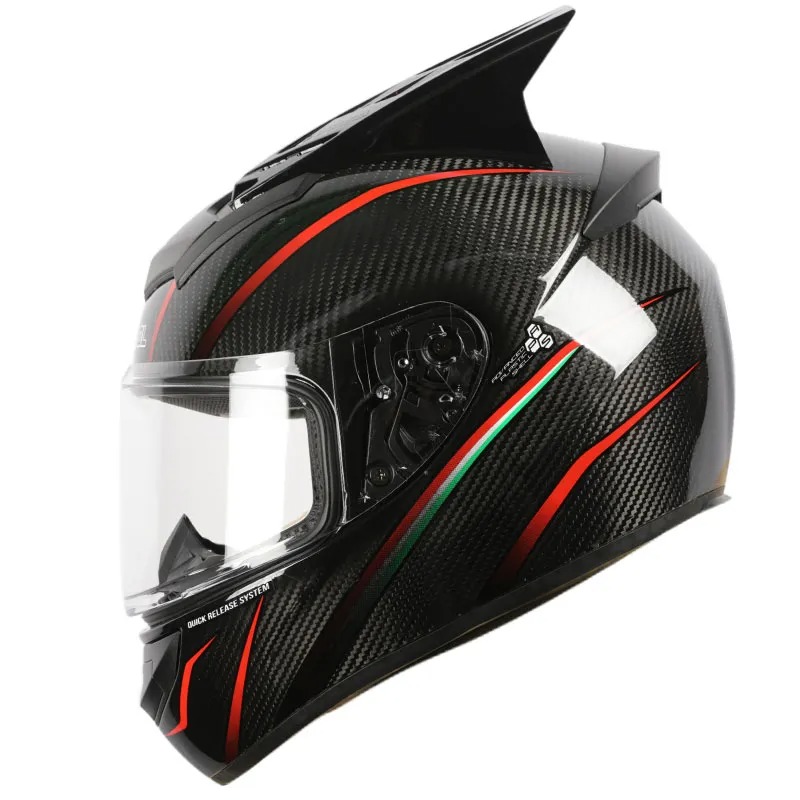
Staying compliant with helmet laws and standards is as crucial as the helmet’s physical condition. Here’s what every rider should know:
- Government Regulations: Laws governing helmet use vary by region. It’s important to be aware of and adhere to local laws to ensure legality while riding.
- Safety Standards: Organizations like DOT (U.S. Department of Transportation) and ECE (Economic Commission for Europe) set safety standards. Make sure your helmet meets these requirements.
- Certification Marks: Look for certification stickers on your helmet. These validate that your helmet has passed safety tests.
- Updating Laws: Helmet laws and standards can change. Keep informed on the latest requirements to maintain compliance.
Legislation ensures that when you replace a motorcycle helmet, the new one will provide an adequate level of protection. Motorcyclists should regularly check their helmets not just for wear and tear, but also that they conform to current legal and safety guidelines.
Just as helmet materials and technologies evolve, so do the laws and standards designed to protect riders. By staying current with legislative developments related to helmet use, riders contribute to their overall safety and that of others on the road. When deciding when should you replace a motorcycle helmet, consider these legal aspects as well to make a fully informed decision.
Final Thoughts on Helmet Replacement
Deciding when to replace a motorcycle helmet is key to your safety. The signs of wear and tear, impacts from accidents, and advice from manufacturers provide clear guidelines. Regular checks for damage, both visible and hidden, are crucial for ongoing protection. Remember, helmet integrity can degrade over time, even without accidents. Follow the set age limits, as materials may not offer the same safety past these periods. Keep abreast of technological updates to benefit from enhanced protection and comfort. It’s also wise to note the legislation and standards in your region. Ensuring your helmet is compliant with these can be as vital as its physical condition. Motorcycle helmets are vital for rider safety but are not designed to last forever. Treat your helmet with care, replace it when needed, and ride with peace of mind knowing you’ve maximized your protection on the road.
More Details